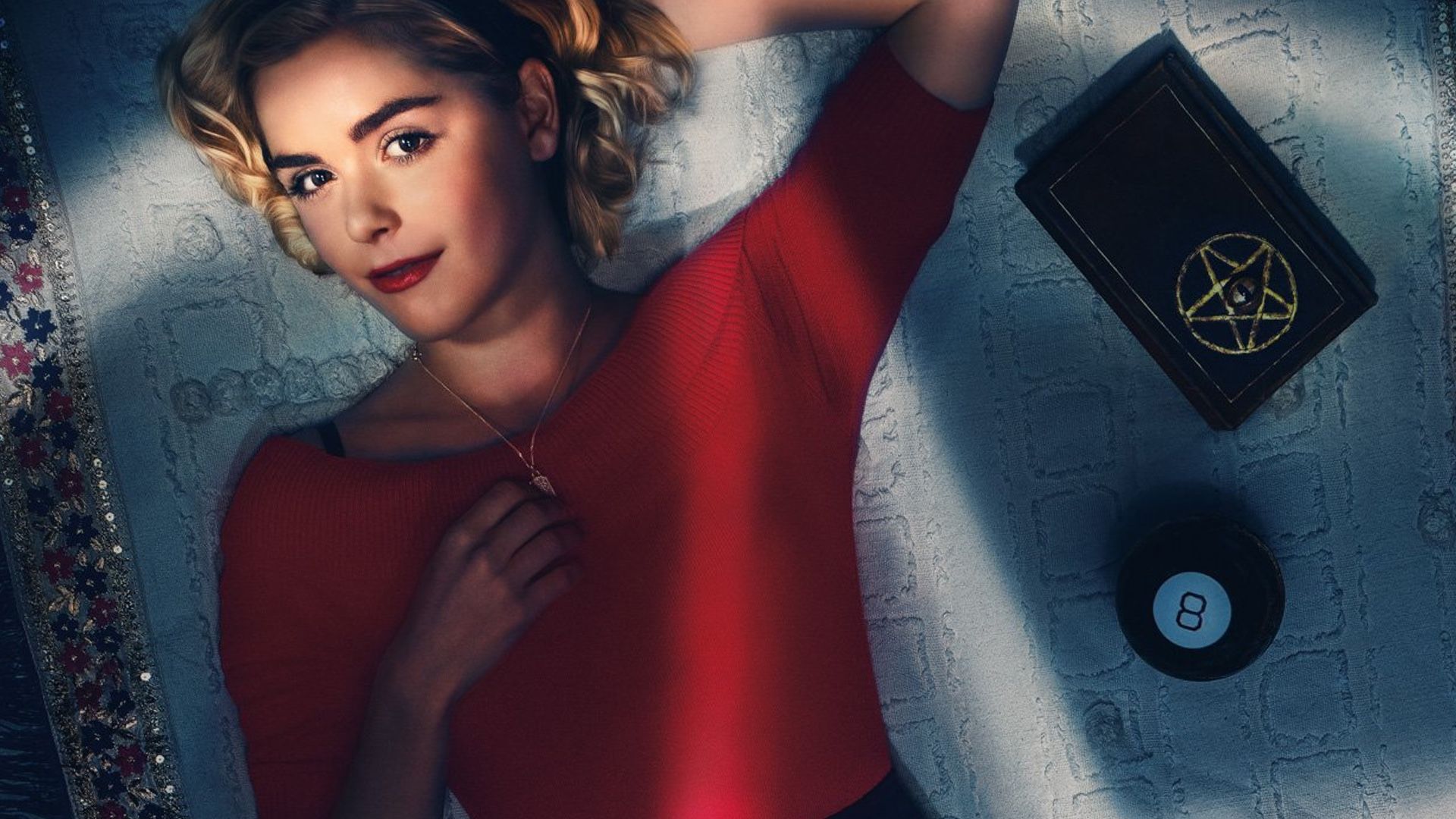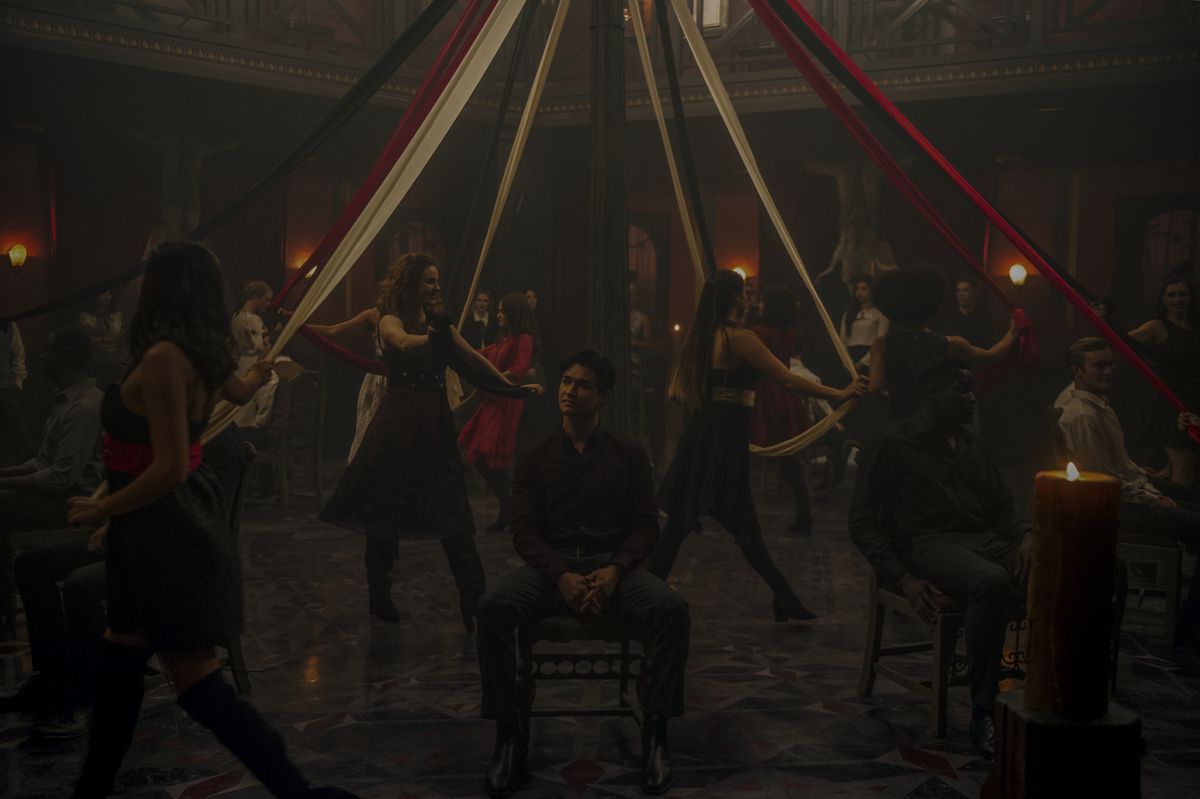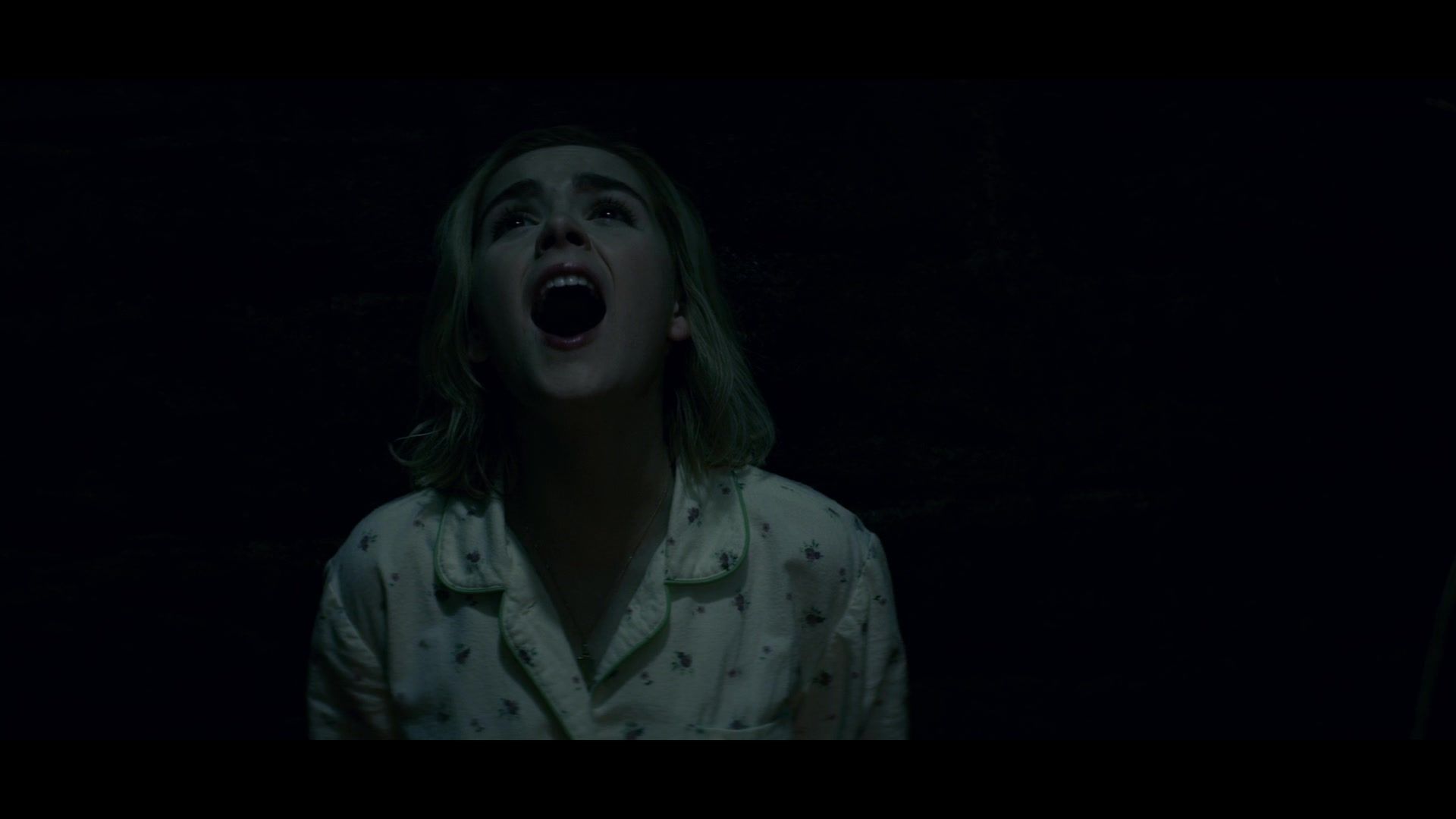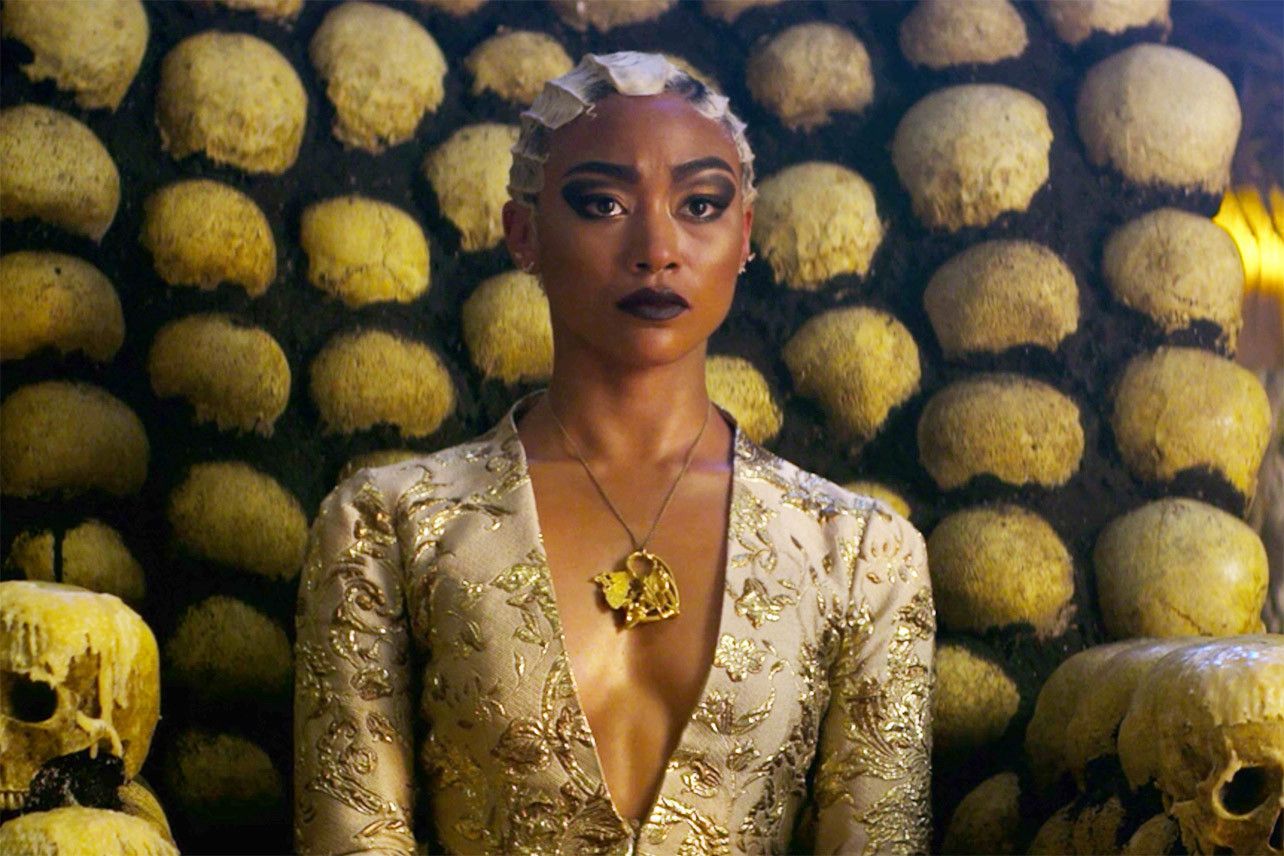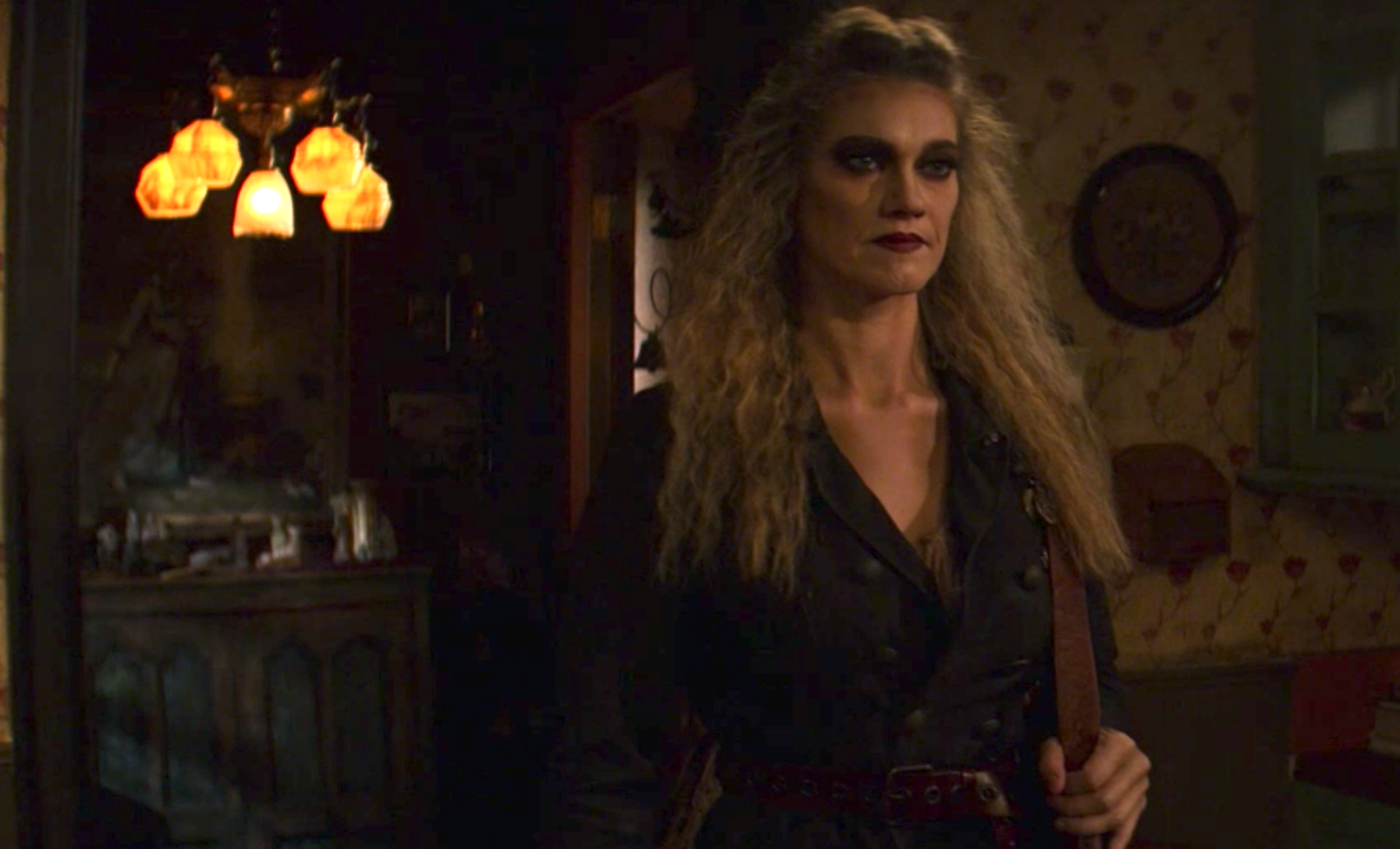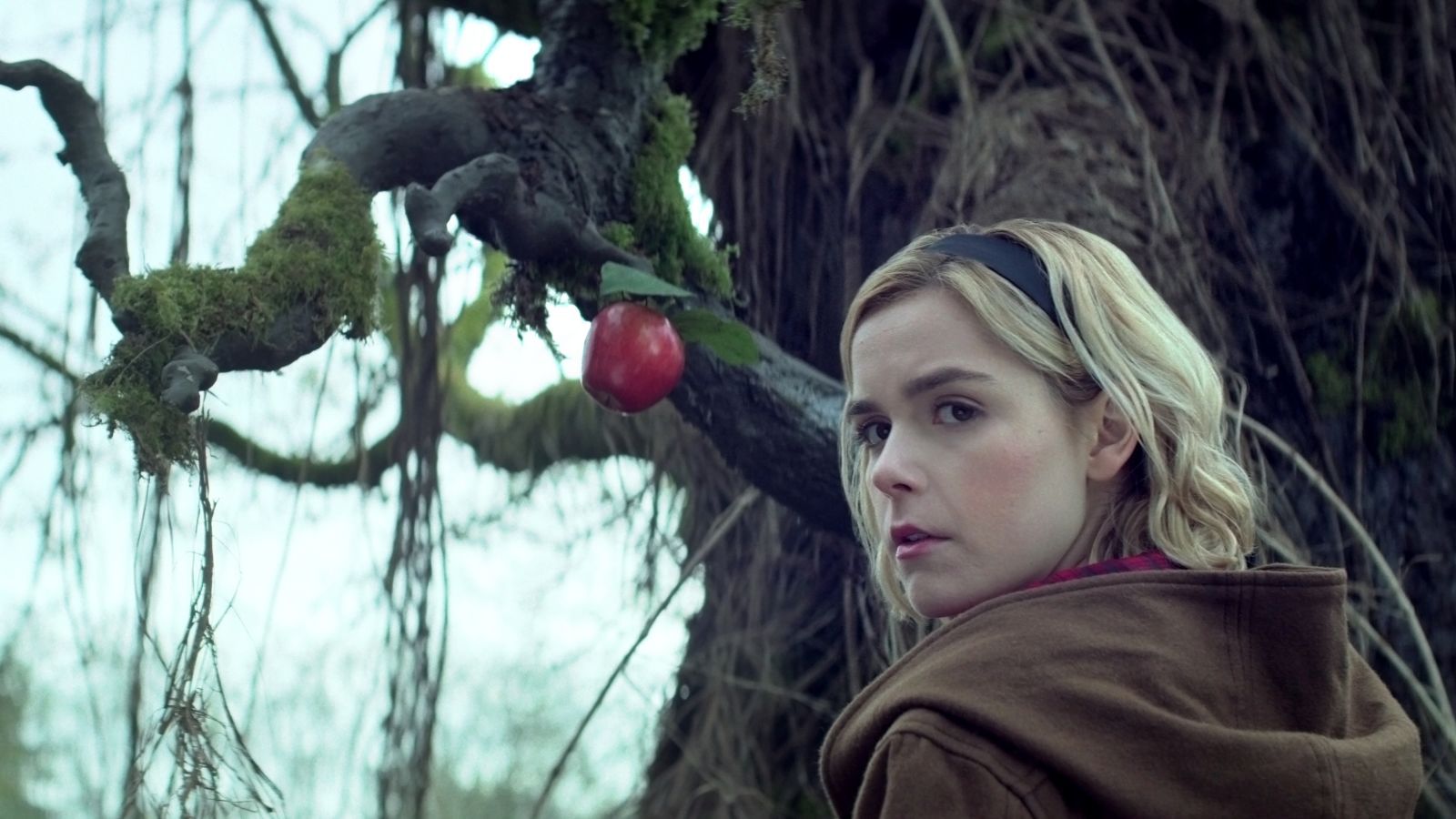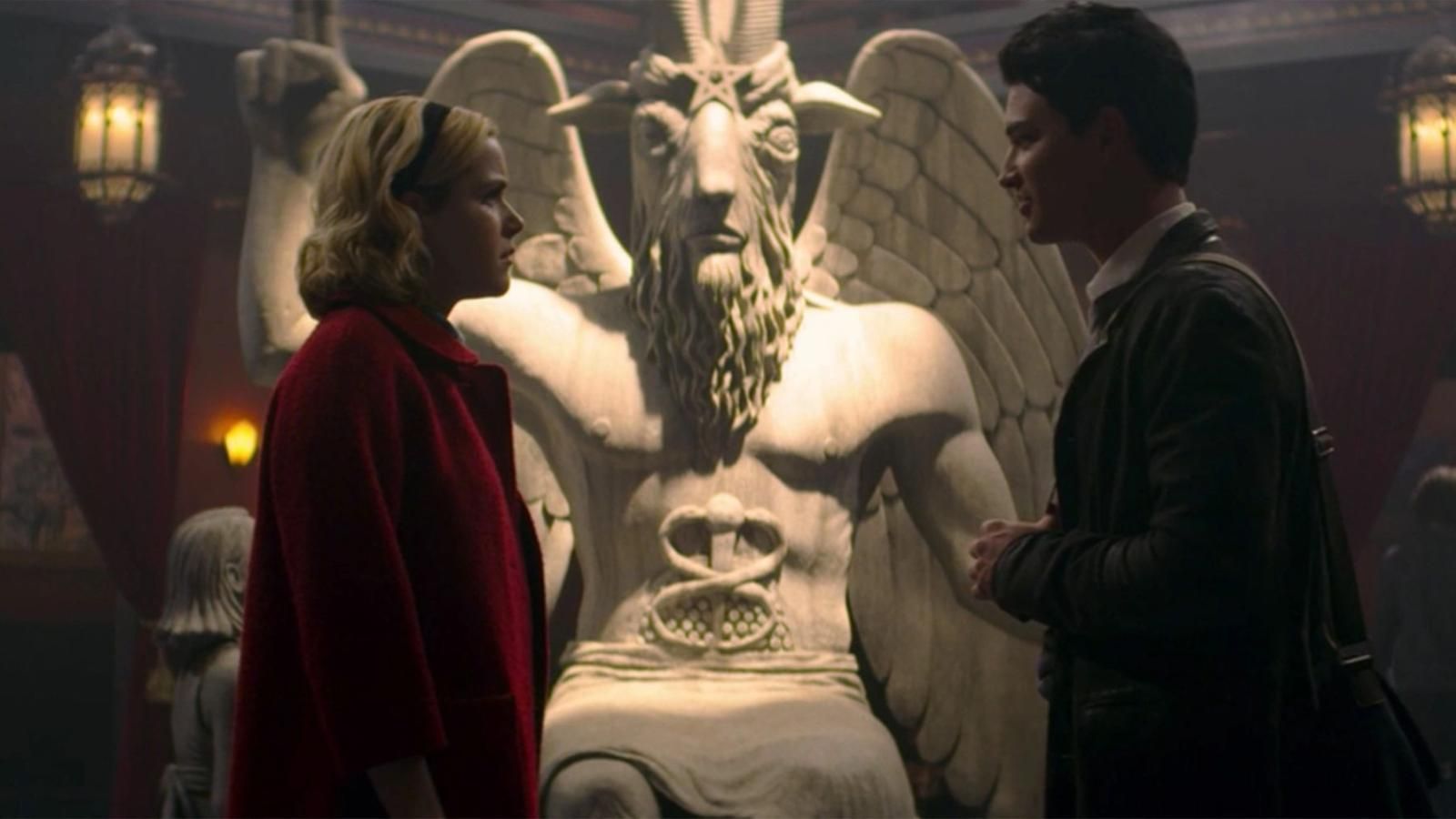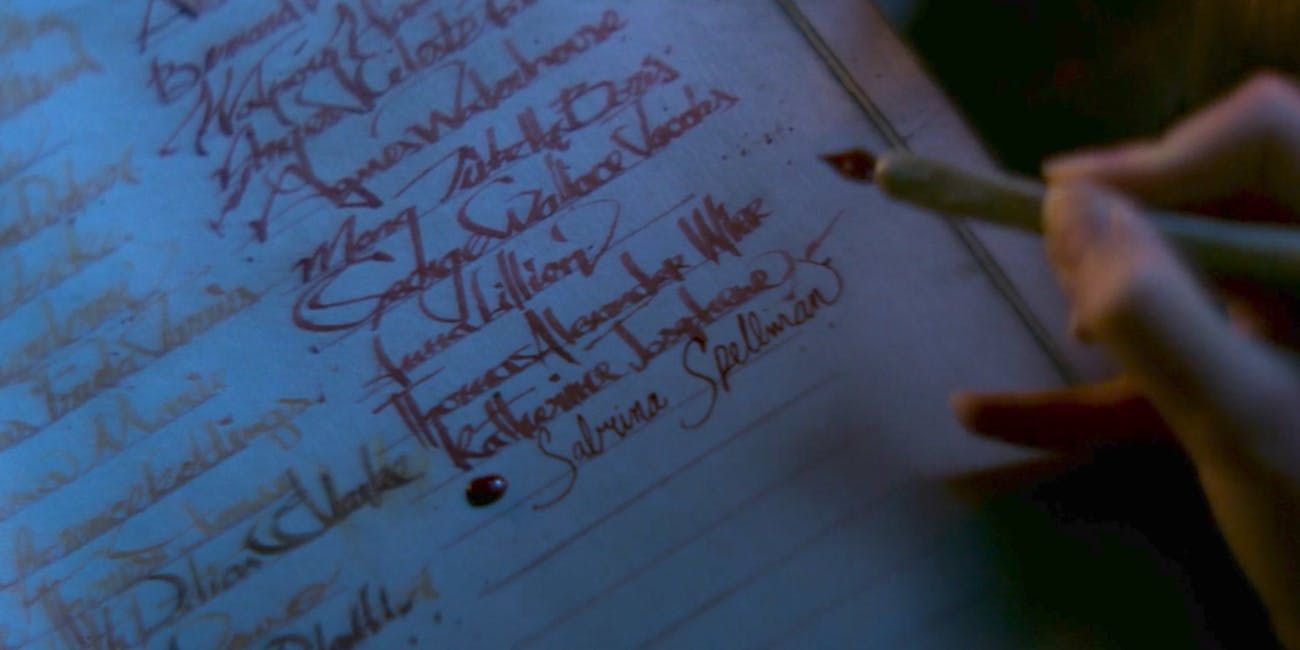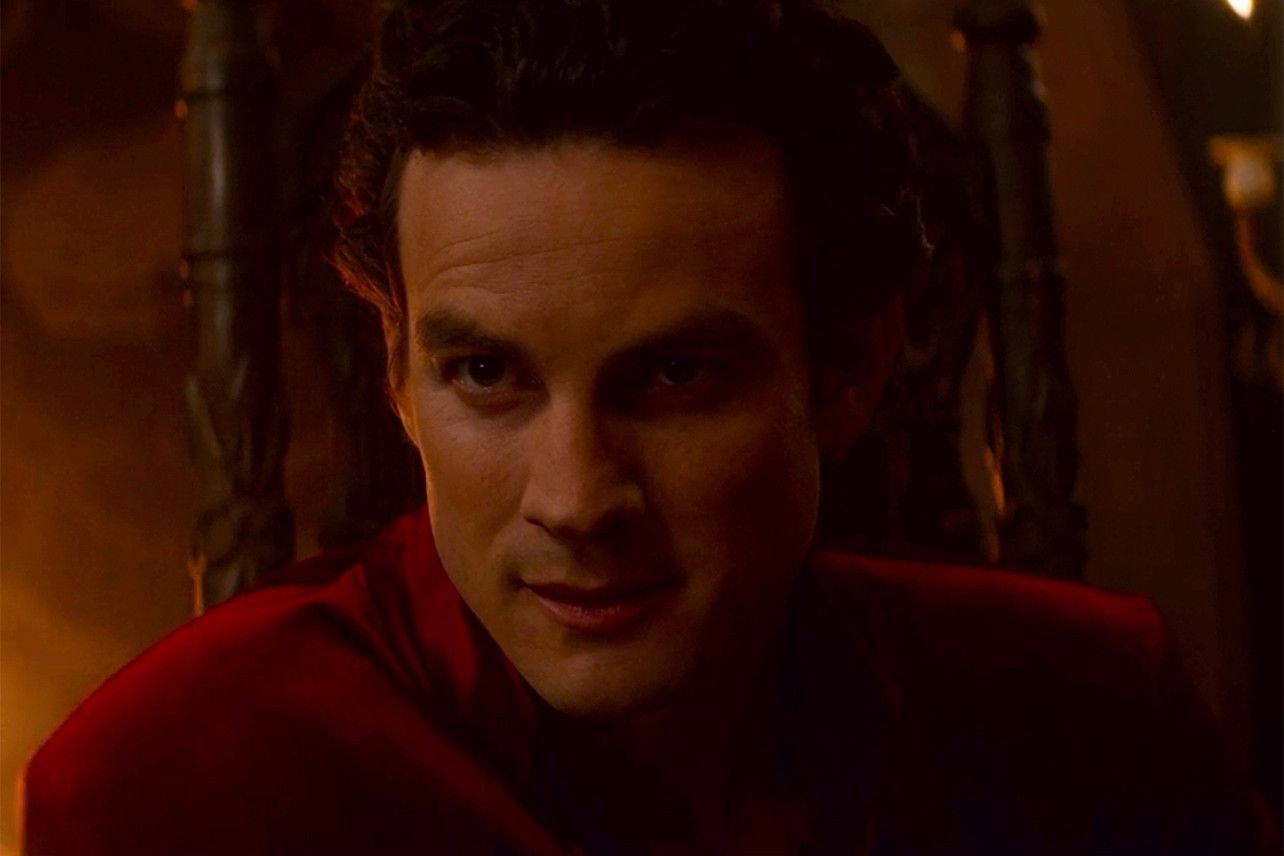Viewers have been spellbound by Chilling Adventures of Sabrina, right from the theme song's first eerie note. Based on characters from Archie Comics, this Netflix original series is the second TV depiction of the enchanting Sabrina Spellman. The first was the hit '90s sitcom Sabrina the Teenage Witch. It was light and wholesome, giving the audience a cauldron of laughs complete with magical hijinks and talking cat. On the flip side, Sabrina offers a deliciously darker take on its beloved source material.
The show features an array of spooky spells and hair-raising hexes. An innocent girl is cursed with blindness. A sleep demon terrorizes the Spellman family in their dreams. Though many of Sabrina's magical elements are invented by the writers, several have roots in real mythology. This adds an air of credibility to the show, though sometimes Sabrina misses the mark entirely. Here is Chilling Adventures of Sabrina: 5 Witch Traditions/Figures Based On Myth (And 5 That Are Completely Fictional).
Based On Myth: Lupercalia
In Sabrina, Lupercalia is a traditional holiday observed by the Academy of Unseen Arts. It takes place around the same time as the mortal Valentine's Day, but it's not lovey-dovey. Sabrina's Lupercalia is kicked off by a random coupling of men and women. Once paired, they go off into the woods together to feast and enjoy a night of "unholy abstinence". Zelda describes it as a "lusty pastoral festival".
Lupercalia really was an ancient Roman ritual, with the purpose of cleansing the city of evil spirits and promoting fertility and good health among its citizens. Sabrina stays true to many of Lupercalia's rituals, such as the coupling, and also rubbing blood on each other's foreheads and wiping it off with milk-soaked wool. However, other aspects of the festival were left out, such as men chasing women with strips of goat hide. If caught, the woman would be whipped with the hide to increase her chance of fertility.
Fiction: The Harrowing
The Harrowing is another tradition at the Academy of Unseen Arts. Much less pleasant than Lupercalia, the Harrowing is a magical hazing ritual performed on new students. The purpose is to force students to endure the same torment as the Greendale Thirteen, a group of persecuted witches. The Weird Sisters subject Sabrina to the Harrowing on her first night. Though many do not survive, Sabrina perseveres and is able to turn the ritual against the Weird Sisters. This results in them agreeing to cease this brutal tradition.
Though this barbaric behavior may have been inspired by real-world scandals, the Harrowing has no known roots in mythology.
Based On Myth: Yule log
'Tis the season to be haunted. The Spellman family celebrates Winter Solstice with the traditional burning of the Yule Log. As Zelda instructs, it must be left burning all night to ward off evil spirits. But how boring would that be? Who wants to sit around and watch a log burning? For the sake of evil—and the viewers' entertainment—Mary Wardwell/Madam Satan extinguishes the log. A gaggle of ghosts is released into the Spellman home.
In reality, the Yule log isn't just a yummy dessert; it was really a major component in European Christmas festivities. Like the Spellmans, families would burn it throughout the night. However, it wasn't to protect themselves from demons and ghosts; it was to ward off everyday maladies like the common cold.
Fiction: Feast Of Feasts
This Sabrina tradition seems to be more inspired by The Hunger Games than any existing practices, ancient or modern. That's probably for the better, because the main dish at the Feast of Feasts is a witch. Every family member of the Church of Night must select a representative who is then placed into a lottery. The selected witch becomes Queen, and is treated to three days of pampering by a handmaiden of her choosing. At the end of the three days, the Queen sacrifices herself as dinner for the Feast.
While viewers surely wish they had Sabrina's powers, this is one element of witch life best left unconsumed.
Based On Myth: Gryla And The Yule Lads
A terrible name for a rock band, but riveting additions to the show. In Sabrina-lore, Gryla is a witch who lost her child during a famine. She and another witch made a pact to kill their children for food. Gryla followed through but the other witch did not. Cut to a thousand years later and Gryla is on a mission to find a replacement for her lost son. The Spellmans summon her after the Yule Log incident, with the hopes that Gryla will relieve them of the Yule Lads, a group of prankster ghosts.
Gryla and the Yule Lads originate in Icelandic myth. It was believed there were thirteen Lads who would visit children during the Christmas season. They would bring a gift or punishment, based on the child's behavior throughout the year. Gryla was much more frightening, as her way of dealing with naughty children was to eat them. Suddenly a lump of coal is looking pretty appealing...
Fiction: Malum Malus
The Malum Malus is an enchanted apple which, when eaten, tells the consumer their future. Sabrina finds one and asks whether or not she should go through with her Dark Baptism. The Malum Malus instantly turns rotten and treats Sabrina to the disturbing image of witches hanging from a tree. The image disappears when she spits the apple out.
"Malum Malus' is Latin for "evil apple". While forbidden fruit has its obvious biblical allusions, apples aren't generally seen as a means of predicting the future. More traditional methods for doing so include tarot card readings or scrying, otherwise known as crystal gazing.
Based On Myth: Baphomet
This is perhaps Sabrina's most controversial borrowing from mythology, as it resulted in a lawsuit. The show features a statue of Baphomet, a goat-headed deity, at the Academy of Unseen Arts. The Academy is a breeding ground for the show's most notorious villains. The statue is treated as a representative of Satan himself. At times, main antagonist Madam Satan has prayed to it.
The Satanic Temple didn't take kindly to Baphomet's depiction, referring to it as defamatory and accusing the show of damaging cultural appropriation. The Temple filed a $50 million lawsuit for copyright infringement, stating that the statue on the show bears an eerily close resemblance to one of their own creation. A settlement has since been reached, with the Satanic Temple given credit on the remaining episodes that feature the statue. Other details on the settlement remain undisclosed.
Fiction: Book Of The Beast
Have you ever been asked to sign anything and joked that you're "signing your life away"? Well, those who sign the Book of the Beast are doing just that. During a witch's Dark Baptism, the witch vows to serve the Dark Lord for life. To solidify the agreement, the witch signs the Book of the Beast in their own blood.
A blood ritual is all well and gross, but real-life witches are tired of seeing them in Hollywood. In an interview with real witches, many agreed the idea of a witch signing herself to the dark side was ridiculous. Anna McKerrow, an eclectic Pagan witch, said real witchcraft "tends more to the holistic and embraces the dark as a necessary complement to the light."
Based On Myth: Lilith
Mary Wardwell's original name was Lilith. The story of Lilith originates in Jewish mythology. As Adam's first wife, she was booted out of the Garden of Eden because she refused to submit to him. Lilith became the first witch after meeting Lucifer, a fallen angel, and healing him back to the health. As a tribute to him, Lilith/Mary Wardwell refers to herself as Madam Satan.
Though different versions of her tale have varying details, the Sabrina iteration is quite faithful to the source. Perceptions of Lilith have shifted over time as well. Originally, she was viewed as a corruptor of good values. However, in contemporary society, many view her as a feminist symbol for refusing to bow to the patriarchy. This is what Sabrina is all about, making Lilith an apt mythological figure for the show.
Fiction: Dark Lord
Obviously, the figure of Satan is based in the real world. In Sabrina, the Dark Lord is the all-powerful figurehead of the Church of Night. Witches worship and adore him. This is in stark contrast to real witches, most of whom do not believe in Satan, let alone worship him. Many Wiccans recognize multiple deities, including the Goddess, who represents the divine feminine.
Many witches are offended at another Hollywood vehicle conflating Satanism and witchcraft. However, others see the Dark Lord as a symbol of patriarchy. Pam Grossman, a witch, told Huffington Post: "Even the witchly Church of Night is controlled by oppressive male figures. And one of the things I love best about the show is that Sabrina is trying to combat this and find her own, self-directed way of doing magic."

